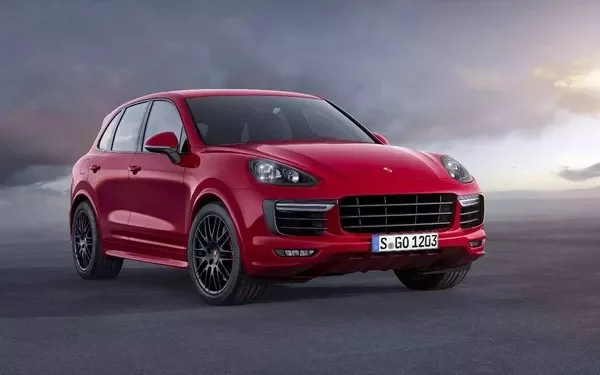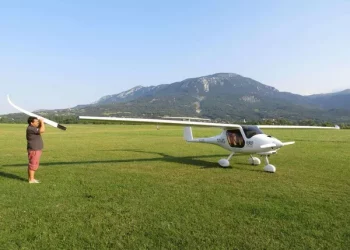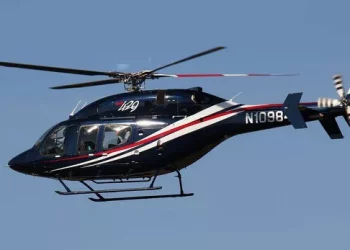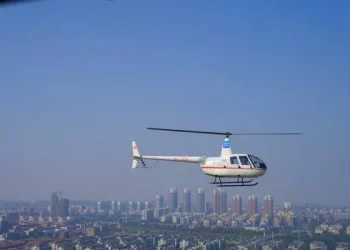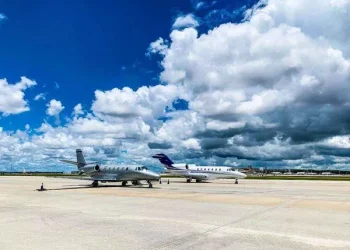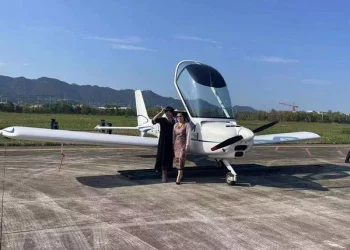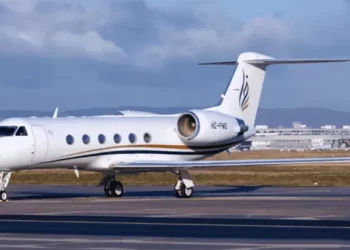No one could have predicted that, years later, gasoline cars would be gone.
Recently, as some countries ban the sale of fuel cars sounded, presumably many consumers will worry about buying fuel cars is not at an appropriate time.
However, these are relatively distant problems. The immediate problem is that with the restrictions on driving in some first-tier cities, many consumers are troubled by the problem of license plates.
In this regard, the best way is to get a new energy vehicle.
Let’s look at what new energy vehicles to buy together with Xiaobian.
On 17th, SAIC officially launched the Mg 6 plug-in hybrid model, with a price range of 1698-186,800 yuan after subsidies.
In terms of appearance, the plug-in hybrid version of the MG 6 has the same appearance as the fuel version, and the size has not been changed.
However, the clutch lever has been replaced with an electronic knob, and the car is equipped with MG Pilot(ADAS) active driver assistance system and automatic parking system.
In terms of power, the plug-in hybrid version of the MG 6 is equipped with the ternary lithium battery pack provided by Ningde Times, with a capacity of 9.1kWh, while the hybrid system is composed of a 1.0T three-cylinder turbocharged engine and electric motor.
The system has a combined maximum power of 228 horsepower, a maximum torque of 622Nm, and a pure electric range of 53 kilometers.
In terms of fuel consumption, according to the official announcement, its first 100 km integrated fuel consumption is 1.5L, low potential integrated fuel consumption is 4.4 L /100 km.
Based on the gasoline version of the Tiger 3x, the Chery 3Xe is Chery’s first pure electric SUV.
With a capacity of 49 KWH, the ternary lithium battery pack has an energy density of 125.6 KWH/kg, a comprehensive range of 351 km and a maximum range of 445 km at a constant speed of 60 km/h.
The Rihu 3xe 480 uses a teralithium battery pack with a capacity of 54.3kwh, with an energy density of 150.8 KWH/kg and a comprehensive range of 401km, with a maximum range of 500km at a constant speed of 60km/h.
Charging time in fast charge mode (30%-80%) is 30 minutes.
The slow charging charger has a power of 6.6 kW and can be fully charged in 6-8 hours (0-100%), and in winter it can be fully charged in 9 hours.

